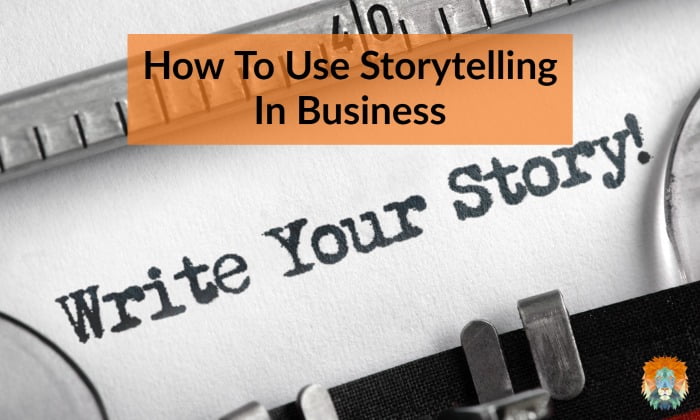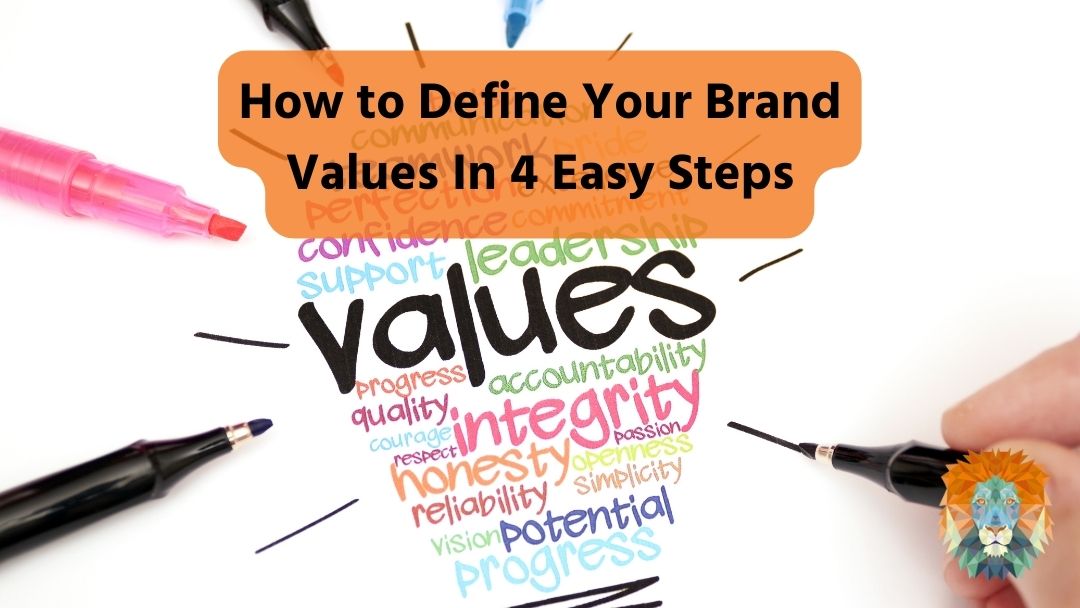Everyone loves a good story. We can’t help it, it’s hard-wired into our DNA. So it’s not really surprising that storytelling has found its way into almost every aspect of our lives – including marketing. We’ve talked a lot before about the value of storytelling for a business, and the fact that every business, big or small, young or old, has a story. But how do you go about telling that story, and then using it within your business marketing?
What is Storytelling in Marketing?
When we talk about storytelling, you might be mistaken for thinking of reading bedtime stories to children, or the fiction books you read to wind down after a stressful day at work. And in some senses, you’re right – but not for the reasons you think. Storytelling is all about taking the reader on a journey, through the eyes of a narrator, and leading to a conclusion that leaves you feeling powerful emotions or compelled to do something. But instead of doing this with fictional characters to a dramatic conclusion, we’re taking you on the journey of a business, sharing its values, and leading you to take action.
Storytelling in business is all about telling the story of your brand, your product, your journey in a way that’s engaging and compelling for your clients. But if you’ve not done it before, you might not be sure how to go about it. We’ve talked before about how powerful storytelling can be in the world of marketing, as well as what exactly brand storytelling is here, and we’ve given some great examples of your favourite brands using storytelling to capture your imagination here – so feel free to give them a read before you go on here!
Why Use Storytelling in business?
Simply put, because stories are incredibly powerful. They can endure through generations, keep entire cultures alive, and move people to action. By using stories, you can forge a deep and meaningful connection with your audience, fostering the kind of brand loyalty that’s hard to achieve any other way. It works because stories are such a fundamental and universal experience that unites everyone from all walks of life, and it’s this that generates that profound connection.
It’s also a great way to educate. Research has shown time and time again that storytelling is an incredibly powerful teaching tool. Telling a story with an underlying message of any kind helps to explain expectations, strengthen character and teach a desired behaviour. And while this may take time to build up into a visible effect, the result is a customer base who have a higher retained knowledge of your brand and the benefits you can offer them.
And finally, storytelling is a way to make your brand stand out from the crowd in a bustling marketplace. At this stage, consumers are used to a very overt and fragmented approach to marketing, and they are looking for something that will subvert their expectations. Stories are a great way to hook in that attention by focusing less on the what and more on the why, delivering a completely different marketing experience and a unique entry point to your brand.
In other words, storytelling is the bridge between brand and customer. On one side of the bridge is your client, and on the other side is you, along with whatever you’re selling. Your job is to get the reader to cross the bridge and give you a try. The reader might not be ready to cross the bridge and buy just yet. They might want to buy deep down, but still feel unsure about taking the first step. They might be able to see the other side clearly, or only have a vague idea of what’s over there. Or they might not know the bridge, and you, are there at all. Whatever they’re thinking or feeling right now, you’ve got to change it so that they act differently and cross the bridge and buy. And that is what storytelling can do.
How Do You Tell Stories in Business Marketing?
So the big question becomes, how do you do it? How do you take your marketing from boring to compelling using stories? Well, here are a few tips to get you started:
Know your audience
In order to tell a compelling story, you need to know what your audience finds compelling. So before you start, ask yourself, who will want to hear your story? Who will benefit from hearing it, and who will respond the most and be spurred to take action? This might mean doing some research on who your target market is and what they are drawn to, but this will give you a good insight on the type of story you should tell, and the format it would best be told in.
Refine your core message
What are you trying to say with your story? This decision defines the path your story will take, so it’s important to take the time to get it right. So, are you selling a product? Raising awareness? Raising money for a good cause? Explaining a service? Highlighting your advantages over a competitor? Once you find out the point of your story, the rest becomes simple.
Choose your story type
After all, not all stories are created equal. Are you weaving a grand narrative that will play out over many parts? Or is this is a heavily targeted micro-story, designed to tug at the heartstrings? If you’re not sure, think about how you want your audience to feel and react as they go through the story. This will help you decide how you’re going to tell your story for maximum impact. For example, if you want to incite action, your story should showcase successful actions from past customers and create an aspiration in your readers to achieve the same.
Choose your distribution method
Almost as important as the content of the story is the form your story takes. After all, stories can be read, watched, listened to, and even lived – and each will have a different impact on your target audience. So think about the medium you want to publish your story in. will it be a blog? A podcast? A video? Or maybe an interactive experience?
Don’t forget the CTA
You may be telling a story, but you’re still marketing a business, so you need a call to action! Before you begin, you need a clear idea in your head about what you want your audience to do once they’ve read or heard your story. That could be anything – subscribe to a newsletter, read another blog, sign up for a course. Whatever it is, it needs to be woven into your story and expressed clearly.
And now, it’s time to write! The best way to structure your stories is using a 5-act structure, which you can read more about here. Spend some time developing your stories, and when you’re ready, design campaigns to fit around them. With a little love, storytelling could become your new marketing soulmate, and you’ll wonder how you ever promoted your business without it.
Brand storytelling is the future of marketing, so if you want to get out ahead of the curve, you’d best start now. At Lion Spirit Media and our sister brand, Roaring Content, we love empowering brands to share their stories with the world, and use them to attract and retain their ideal clients. With our help you can really dig deep, turn your story into dazzling content marketing, and really find your roar! If you would like to know more, all you have to do is get in touch with the team today.





0 Comments